

PBY-5A Catalina

The Consolidated Model 28 Catalina was probably the most successful flying boat ever built. In continuous production for ten years in a variety of models and built in larger numbers than all other flying boats combined. It served in every part of the world and with more than a half dozen nations during the World War II. The first version, the PBY-1 was delivered to the Navy in October of 1936, the first of sixty ordered. A further 50 PBY-2's had already been ordered and these began to enter service in May of 1937. The -2 had only minor equipment changes from the -1 version. Sixty-six further aircraft were ordered as the PBY-3 with more powerful engines in November of 1936 followed by 33 PBY-4's which had yet more powerful engines. The first PBY-4 was tested in May of 1938 and was externally similar to its predecessors but the second and subsequent thirty one units featured transparent beam blisters enclosing the gunners positions and supplanting the sliding hatches of previous models.The first PBY-5 was delivered in September of 1940 and featured redesigned vertical tail surfaces and R-1830-82 twin wasp engines although later all subsequent models were switched to the R-1830-92. In April of 1939 the first production PBY-4 was returned to Consolidated for conversion as an amphibian. The increased flexibility of the modification resulted in changes to existing Navy contracts for the PBY-5. The amphibious version became the PBY-5A.
The Kit
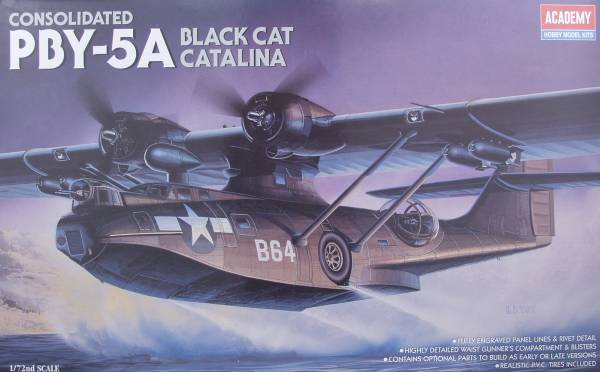
The Academy kit comes in a large and sturdy two part box with nice artwork on the front. Inside the box are four bags each containing one or two sprues of black plastic. The parts feature recessed detail both panel lines and rivets, lots of rivets. It almost looks like over kill but they are not all that deep and with a coat of paint I don't think they will be all that objectionable. The finish is smooth and I could only fine one minor sink hole on one of the wing halves. The fabric covered surfaces have subdued rib detail but the surface texture is much to coarse for the scale. It might be alright for 1/32 but too much for 1/72. The parts were pretty much flash free. Some of the smaller parts had fairly heavy parting lines on them.
For the most part ejector pin marks were located out of sight, the worst being in the wheel well bays and they will be tough to deal with. Interior detail for the flight deck is pretty simplistic, floor, bulkhead, seats, control column, instrument panel, but not much will be visible through the cockpit window anyway. Some seat belts and harnesses on the seats would dress up what you can see. The gunners position has some detail, fore and aft bulkheads, walkway, guns with shields and a gunners platform. This area will be visible through the large blisters so more detail is a good thing. The fuselage has no molded in detail for the interior.
Two bow turrets are provided, early single gun and late twin gun. Bombs and bomb racks are supplied. Other early / late parts included are exhaust options and a football shaped radar housing for above the canopy. The wing floats can be assembled up or down. When down there is only minimal detail in the wing where the floats retract. Since this version is a Black Cat version it also comes with radar antennas. These fit into optional holes in the wings so if you don't use them they don't need to be filled. The tires are molded in rubber or vinyl, I don't know if these are the plastic eating variety or not. The clear parts are actually quite clear but not all that thin and the frame lines are well defined. Altogether there are 166 black parts, 14 clear parts and 3 rubber parts for a total of 183 parts. These are shown below.
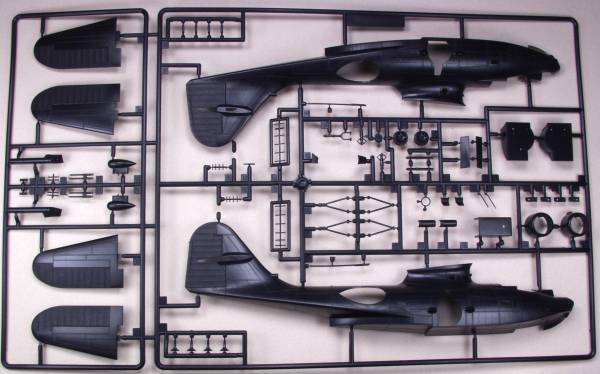
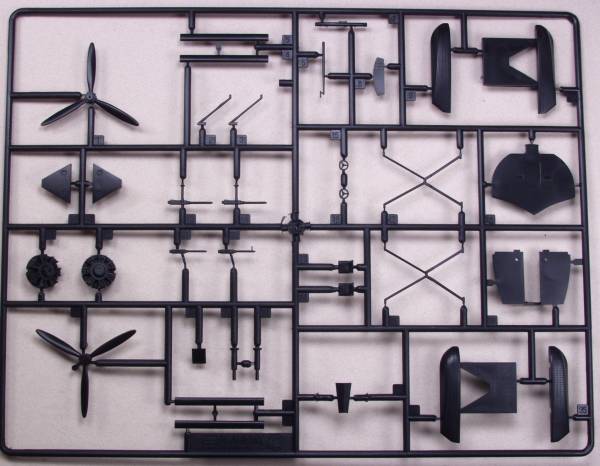
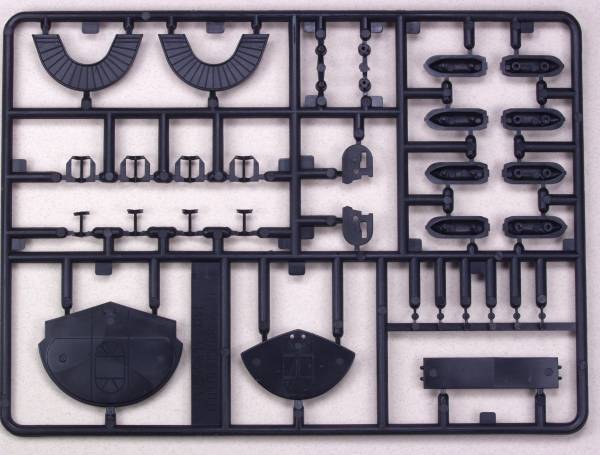
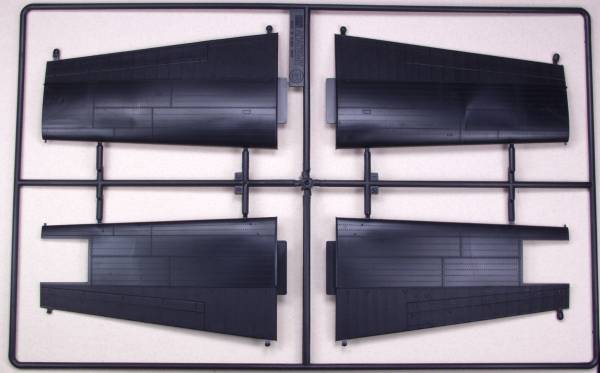
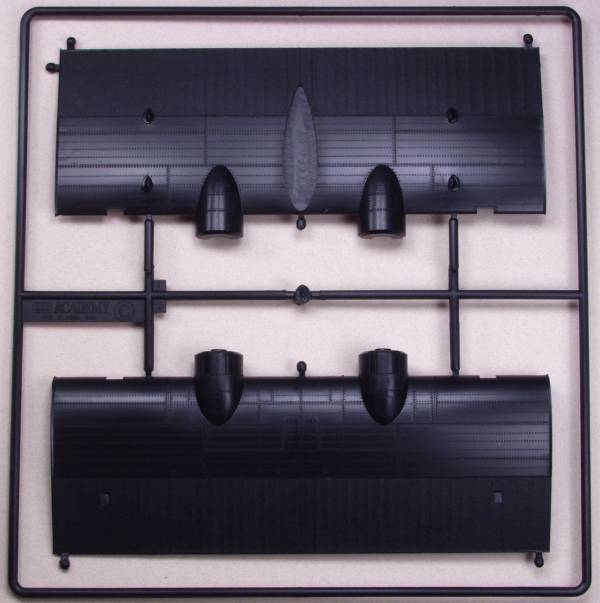
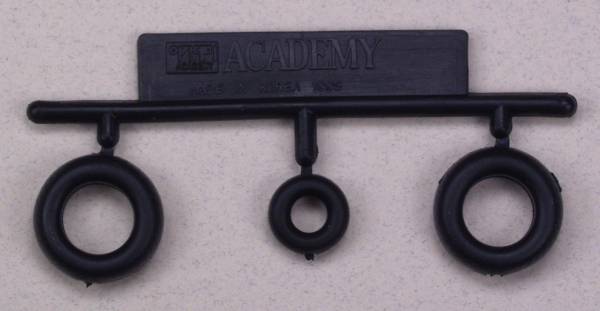
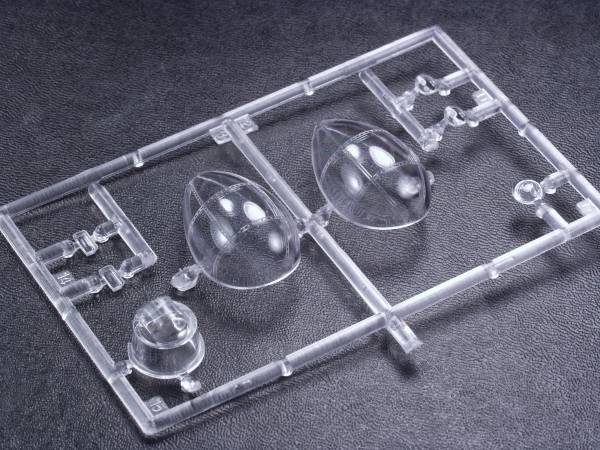
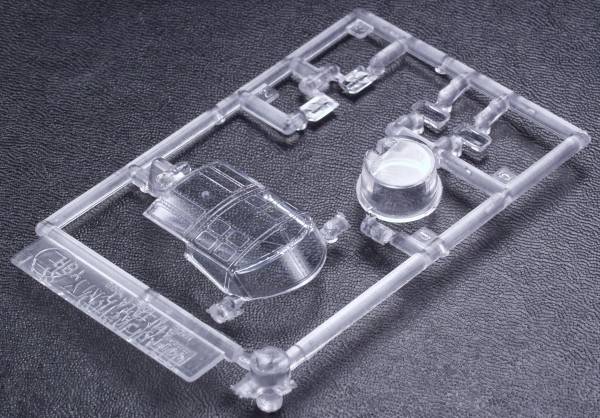
The decals appear thin and well registered and only include the star and bars, instrument panel tail number and unit codes. See below.
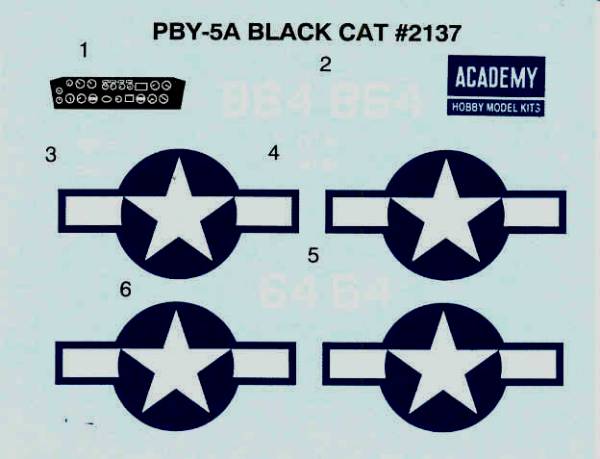
The instructions are printed on a 10 1/4" x 22 1/4" page that is tri-folded to yield 6 pages. Page one is history and specifications, pages two through five have assembly diagrams and starting on page five and continuing on page six is decal and painting information. The balance of page six is a parts map. Colors are called out by color name only.
After Market Goodies
For aftermarket goodies Squadron [9162] or Falcon has vacuform canopies. While clear and thin the frame lines are a bit light which could make masking difficult, they also only include the early style turret but it's configured with two gun slots. Not a deal breaker but nothing is ever easy.
True Details offers a wheel set [72037] for those who don't like or don't trust the rubber wheels.
Eduard makes a photoetch set [72242] which has a lot of interior parts for the cockpit, waist positions and turret as well as detail for the gear wells and a few other exterior detail parts. A film is included for the instruments. See photo below.
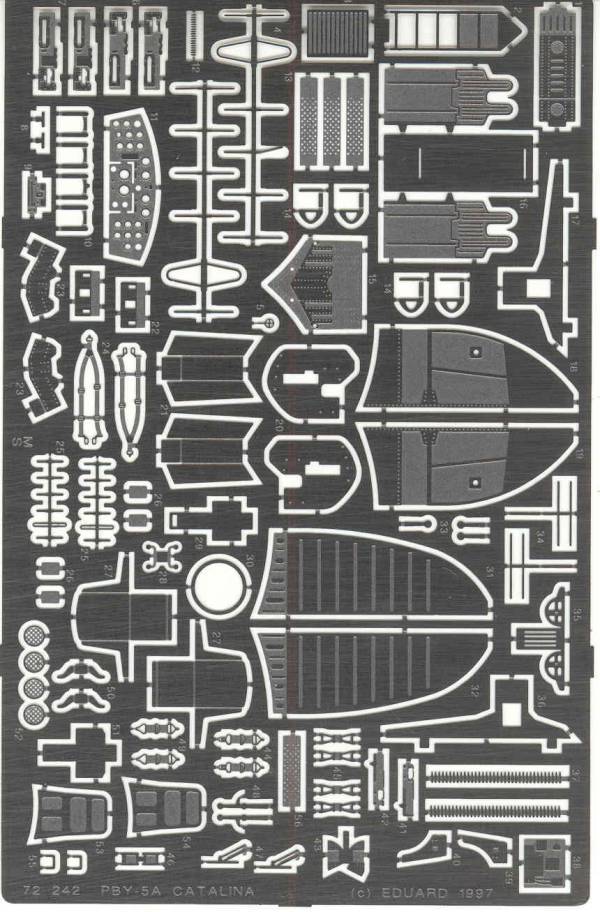
They also have a mask set [EUCX115] which would probably be well worth the money.
Conclusions
Having built an Airfix Catalina years ago and having a Revell Catalina in my stash I can say that this kit is superior to both of them if for nothing else having recessed detail. The Revell kit has no internal detail in the blister area which is the area that is most seen. I really don't plan on building a black cat version but it was the only one available at the time I bought it. Painting it in lighter colors will mean priming but that may help fill in the rivet detail and over done fabric surfaces. from other reports the kit goes together with no major problems and shouldn't be a problem for anyone with moderate skills.
Links to kit build or reviews
A build / review of the non amphibious version can be found here and some other builds here and here.
References
"War Planes of the Second World War Volume 5, Flying Boats" by William Green
Update 5/10/08